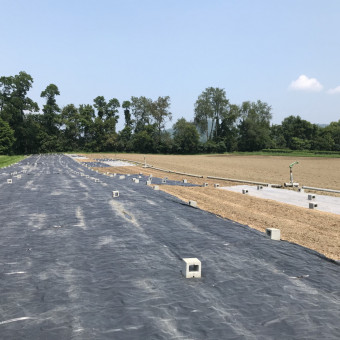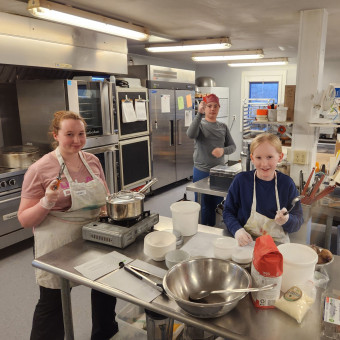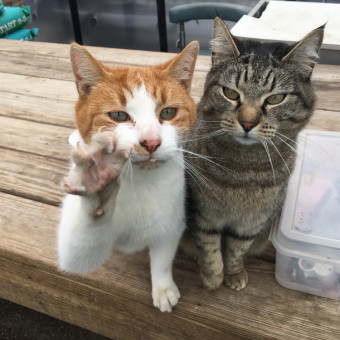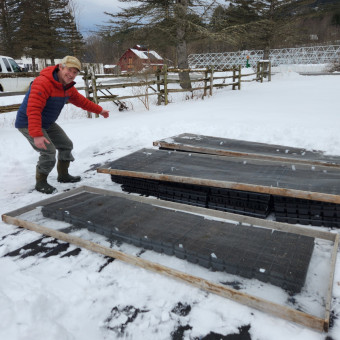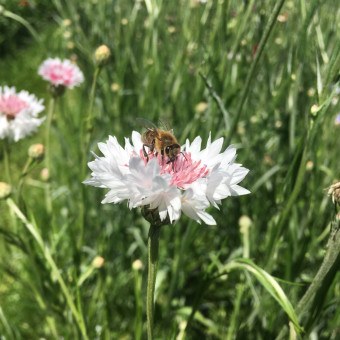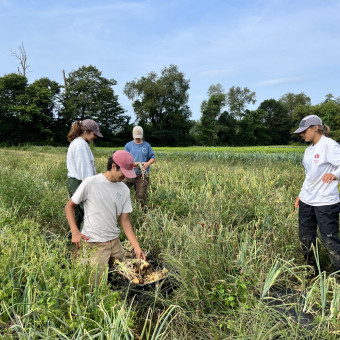Break Free, a global direct action campaign
A response from Albany – Break Free 2016
May 3-15 marked the 12 days of Break Free, a global direct action campaign played out on six continents by thousands committed to keeping fossil fuels in the ground, challenging the business as usual mentality of big oil, policy makers, and consumers.
On Friday, May 13, the Upper Valley node of 350VT landed with the Montpelier node at St. John’s Church in Albany, NY, to prepare for our march to occupy an intersection of railroad and roadway vital to the transport of fracked oil to the Port of Albany. Our mission was to block the bomb trains that have devastated communities around the globe.
The fight for climate change and Earth justice is at a point beyond moral gumption. The conversation is no longer of right or wrong or indifference, but how much an individual or a community loves herself and her world neighbors.
The feelings I have carried in my own advocacy for Earth justice have ebbed and flowed like any relationship in my life. Since committing to join the Upper Valley 350 node in Albany for Break Free 2016, the ocean tide inside me jostled my heart and made me question my place in a new community and in a movement, in which I had yet to have a voice.
My decision to join the 350VT Upper Valley node at Break Free came while hearing Terry Tempest Williams speak at the Changing Climate, Changing Minds seminar at Dartmouth in early April. Williams expressed the myriad of feelings, the vulnerability and the uncertainty, she experienced upon her first step into direct action years ago. I had similar feelings roaming my viscera right there in my seat. I’d been away from advocacy for two years and I had only participated in marches and protests, never direct action or civil disobedience. But hearing Williams account of finding her place in the world when she crossed the line and into action affirmed the fire in my stomach—flames that all but burned away as the days approached to board the bus.
At the Friday evening training, the St. John’s Church pews were jammed. Many stood along the wall. People spanning several generations had gathered to discuss legalities, the plan for the march and action. I peered over the shoulder of the woman in front of me to see 1941 written as her year of birth on her legal contact form. We were all encouraged to see, too, a nine-year-old preparing to march with her mother in a handmade t-shirt. Her black paintbrush strokes spelling:
“Let me know grow up in the same Earth you had.”
We began the training in cantastoria, and then, we listened to several people speak about details of the action. A lawyer covered all the possibilities we might face resisting the Albany Police Department, which was so well prepared for us to exercise our first amendment right that at times, the blockade felt more like a picnic rather than disobedience.
I was asked, several times, leading up to Albany, whether I planned to be arrested. I had and I hadn’t, and I was confused about it all, not about the risk of arrest, but why it seemed so vital to the movement. My question was why any one arrest was so important when two thousand standing in solidarity make a big statement. The overarching discussion of legal matter overshadowed the focus of this action for me. I felt ungrounded, wondering how I could march in solidarity with others when simply sitting together in a church wasn’t enough for me to be bound to a group.
Luckily, a leader stepped forward to join us together in song:
keep the oil and the coal in the earth where it belongs. all our troubles will be over, the sea ‘ll no longer rise. better day a comin’ by and by
When the congregation sang, I finally felt rooted in the harmony of generations and races and spiritual diversity. Our song defused my apprehension stepping into action and the questions for why I was there. I was able to sleep wedged between church pews feeling some sense of connectedness to the group and their overnight, sniffling and snoring sonnets, finding some joy amid the struggle and despair of this work.
On Saturday morning, we rallied with fervor at a Lincoln Park, from which we marched and chanted for a mile or so, on route to the blockade, stopping first in Ezra Prentice, a neighborhood bordering the railway where the bomb trains pass on route to the port. We heard local leaders acknowledge the racial injustice often overlooked in the climate change conversation, and their call for clean air and clean water, a neighborhood free of oil infrastructure.
Towards Saturday’s end, just before we boarded bus for home, the astute nine-year-old wearing the handmade t-shirt said, “When we leave the trains are just gonna come back.” I had thought hard about this too, as had others I spoke with. What’s the point when our effort seems futile, when government and industry plead ignorance and recognize economic growth as more important than health and quality of life?
Although the young girl was right, she witnessed the power in showing up and the being heard, the unity in sleeping on an uncomfortable floor for one night, to rise up for those who have been marginalized by policy and economics, our brothers and sisters pushed to the perimeter, and the residents of Ezra Prentice, who hang their clothes out to dry and watch their children grow amid industrial exhaust in the playground between the busy street and the train tracks.
I stepped into an unfamiliar space and a new community at Break Free. Marching, shouting, and listening, I absorbed an array of energy and I was moved to a point that stretched me thin. Towards the end of the action, I walked away from the intense crowd and the energy for a good cry. Feeling a little alone, I was reminded how I grow when I step into vulnerability of the unknown.
Break Free taught me the importance of civil disobedience as a vehicle to influence and uplift society. The action also amplified my oft quiet political voice in the harmonic quality of two thousand powerful people singing and chanting for movement towards a renewable energy era, confirming my belief that our communal effort around Earth will nurture the future for all species.

_BDP-4552_1600_600_90_s_c1.jpg)
